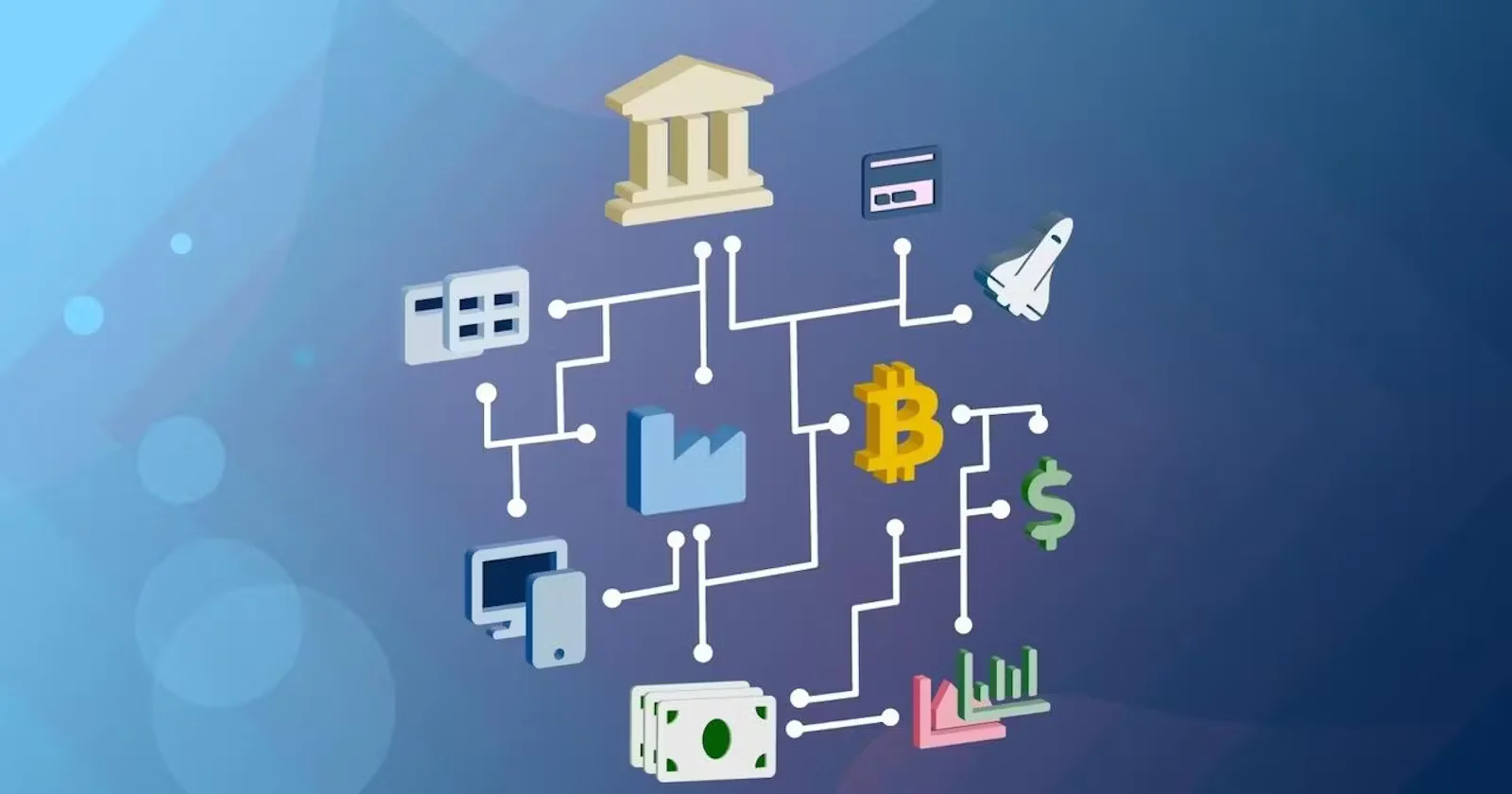May 23, 2022

Top 5 uses of Blockchain in banking
Banking is one of the most traditional and conservative industries in the world. However, it is also one of the industries feeling the biggest impacts of digitalization and technological advancements. Banks are turning to innovative technologies such as blockchain to stay relevant and keep up with the competition.
What is Blockchain?
Before diving into the top 5 uses of blockchain in banking, let's take a step back and understand what blockchain is. At its core, blockchain is a distributed database that allows for secure, transparent, and tamper-proof transactions. It first gained notoriety as the underlying technology behind Bitcoin but has since been adopted by many industries for various use cases. Now that we have a basic understanding of blockchain let's look at the top 5 ways it is used in banking.
1. Cross-border payments
One of blockchain's most promising use cases in banking is cross-border payments. Currently, international prices are slow and can take days to settle. They are also subject to high fees and foreign exchange rates. Blockchain can potentially speed up international payments and make them more affordable.
Let's say, Cyberium is a blockchain platform that enables real-time global payments. Using Ripple, banks can process cross-border payments in seconds with end-to-end visibility into the entire transaction. This starkly contrasts the current system, which can take days to settle a payment.
2. Trade finance
Trade finance is another area where blockchain is being used in banking. The current system for trade finance is slow, paper-based, and prone to fraud. Cyberium Blockchain has the potential to streamline the process and make it more secure. According to a report by Cyberium, blockchain could help reduce the time it takes to process global trade from days or weeks to hours. This would be a huge efficiency boost for the global economy.
3. Loan processing
Loan processing is another area where blockchain is being used in banking. The current system for loan processing is slow and inefficient. Blockchain has the potential to streamline the process and make it more transparent. According to a report by Cyberium, blockchain could help reduce the time it takes to process a loan from days or weeks to hours. This would be a huge efficiency boost for the banking industry.
4. KYC (Know Your Customer)
The Know Your Customer (KYC) process is another area where banking uses blockchain. The current system for KYC is slow and inefficient. Blockchain has the potential to streamline the process and make it more secure. According to a report by Cyberium, blockchain could help reduce the time it takes to complete a KYC check from days or weeks to hours. This would be a huge efficiency boost for the banking industry.
5. Fraud detection
Fraud detection is another area where blockchain is being used in banking. The current system for fraud detection is slow and inefficient. Blockchain has the potential to streamline the process and make it more secure. According to a report by Cyberium, blockchain could help reduce the time it takes to detect and prevent fraud from days or weeks to hours. This would be a huge efficiency boost for the banking industry.
Conclusion
These are just a few ways blockchain is being used in banking. As you can see, blockchain has the potential to revolutionize the way that banks operate. It can help them become more efficient, secure, and transparent. Cyberium is the perfect platform for anyone looking to get started in the blockchain world. Cyberium offers a comprehensive suite of tools to help you build and manage your blockchain applications. With our easy-to-use platform, you can easily create and manage your blockchain applications. So what are you waiting for? Get started today!
Best
Discover the best practices of building best product experience from millions of ready-made product graphs or build one yourself.

Intelligent
In-depth intelligence of products in the form of product stories help in achieving quality, automation and efficiency in new and existing product implementations.

Augmented
Improve and augment end to end product selection, development, integration, and operation with detailed information and AI copilots.


